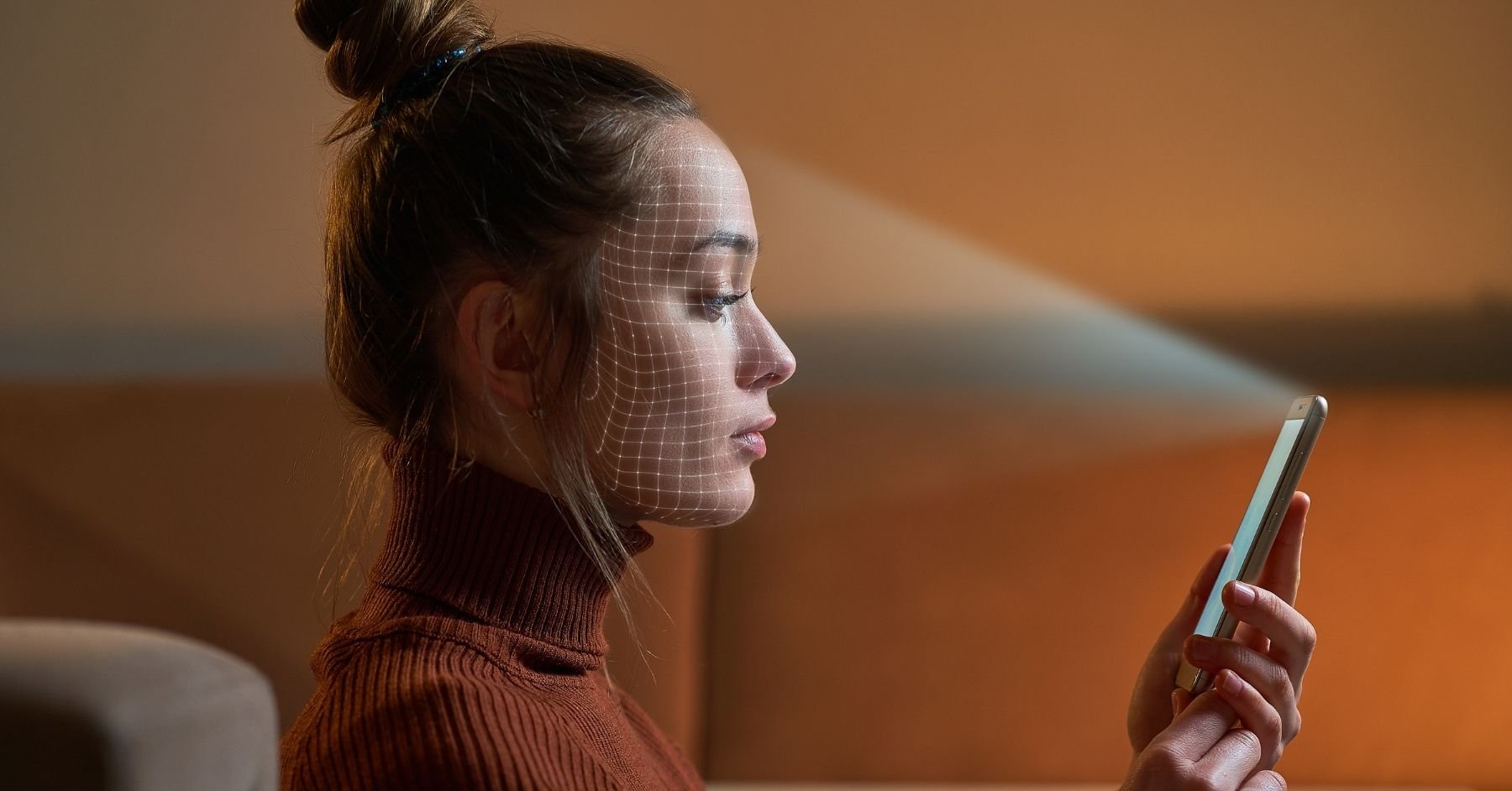Biometric facial recognition has been booming in the last few years, becoming increasingly popular across the globe and in multiple applications. Covid-19 saw its uses skyrocket, and this doesn’t look to be changing any time soon!
Let’s take a look at some of the emerging trends surrounding facial recognition systems.
1. Increased government use
The Government Accountability Office in America published a report in August that explored the state of facial recognition technology usage in federal agencies and departments. They found that 18 participants reported using the technology and a further 10 planned to use it more. Plans include using it to secure sensitive information, technology, and physical locations. The US Marshals Service plans to utilise facial recognition technology to implement a touchless prisoner identification system.
In the UK, several forces have been trialling the technology, including the Metropolitan Police.
2. High venture capital
Facial recognition technology startups continue to receive an influx of investment. In the US in particular, capital has been flooding into the sector, signifying the continued recognition of its sheer potential.
Oosto, for example, raised $235 million in what they have dubbed “one of the largest funding rounds in the visual intelligence space in Western markets”.
3. Facial Recognition Trends in FinTech
Increased use of biometric technology within the banking and financial sectors suggests that facial recognition is soon to be popular therein. Take Monzo – they already use fingerprint authentication and have users prove they are human by filming a short selfie video when they sign up.
Further to this, despite the challenges that face masks brought throughout the pandemic, the use of facial recognition on iPhones to secure payments has gone through the roof.
4. Increasingly accurate technology
Throughout Covid-19, demand for facial recognition has increased dramatically due to being a biometric authenticator that is completely touchless.
With the increased demand and boosted investment, facial recognition has had the opportunity to improve and become even more accurate and more efficient. Powerful microprocessors and controllers have been developed, alongside better capacity for 3D facial recognition and neural network algorithms that increase accuracy.
5. Consumer-facing and business-facing uses

In the last few years, we have seen a number of interesting uses emerge within the IoT, from automotive to smart home uses and consumer electronics.
Its use within security for businesses has seen a huge increase too, with facial recognition technology being used for tiered authentication systems (or Access Control Systems). For many businesses, this tech has brought significant peace of mind, while saving time and money in that it necessarily reduces guard spend and controls traffic flow.
Here at Boon Edam, we’re specialists in entryway security. Facial recognition technology can be seamlessly integrated with Access Control Systems into our security doors, ensuring quick access into secured areas, hands-free entry, and a high level of accuracy.
Interested to learn more? Read our white paper on Facial Recognition in Access Control.
.jpg)